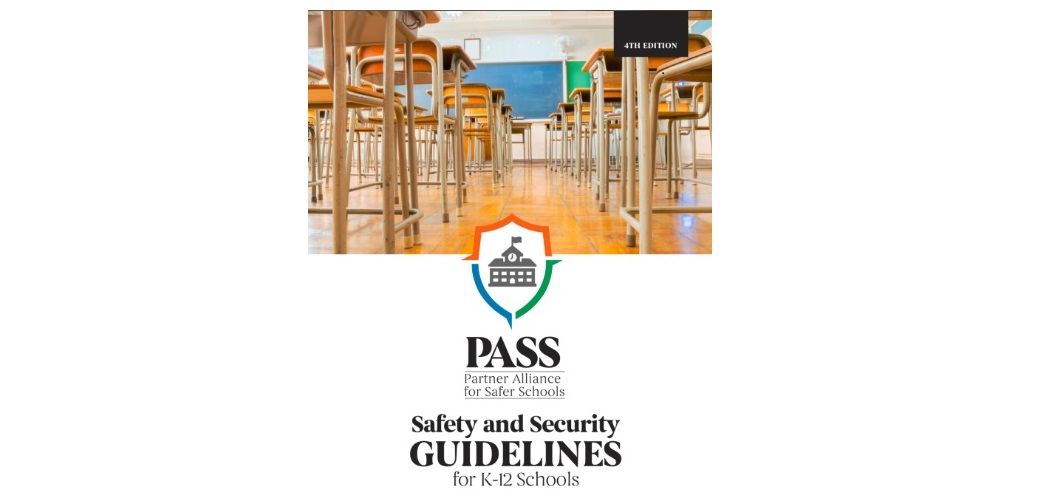An organization that monitors and procures school safety guidelines has released the latest edition of its guide to K-12 school security, including major updates to cyber security and network infrastructure recommendations. [related]
Education integrators will find the results in the Partner Alliance for Safer Schools’ (PASS) fourth edition of its Safety and Security Guidelines for K-12 Schools, which provides school administrators, school boards and public safety and security professionals with guidelines for implementing a layered and tiered approach to securing and enhancing the safety of school environments.
“The safety and security challenges schools face today are more multifaceted and complex than ever before, and protecting students and staff requires a comprehensive approach to these challenges,” says Guy Grace, PASS chairman and director of security and emergency planning for Littleton Public Schools.
Best Practices for Securing K-12 Facilities
The PASS Guidelines identify and classify best practices for securing K-12 facilities in response to urgent needs for information identified by the education community. The guidelines aim to answer two key questions — “What should we do?” and “How do we prioritize?” — and include:
- Specific actions that can effectively raise the baseline of security
- Vetted security practices specific to K-12 environments
- Objective, reliable information on available safety and security technology
- Assessment of current security measures against nationwide best practices
- Multiple options for addressing security needs identified
- How to distinguish needed and effective solutions from sales pitches on unnecessary products
The guidelines describe approaches within five physical layers for school facilities: district-wide, the property perimeter, the parking lot perimeter, the building perimeter and the classroom/interior perimeter.
Within each layer, the resource outlines key safety and security components, such as policies and procedures, people (roles and training), architectural components, communication, access control, video surveillance and detection and alarms.
“We believe this approach provides a simplified way for administrators to effectively evaluate their security infrastructure, prioritize investment and maximize security in ways that are consistent with longstanding security practices and ensure a baseline of facility security measures appropriate for school facilities,” says Mark Williams, PASS vice chairman.
Read Next: How to Get Schools Ready to Meet Safety-Focused Building Codes
The latest guidelines are available at no cost on the PASS website. The alliance encourages education professionals, public safety personnel and security solutions providers to take advantage of these free resources.
This story originally appeared on Security Sales and Integration










